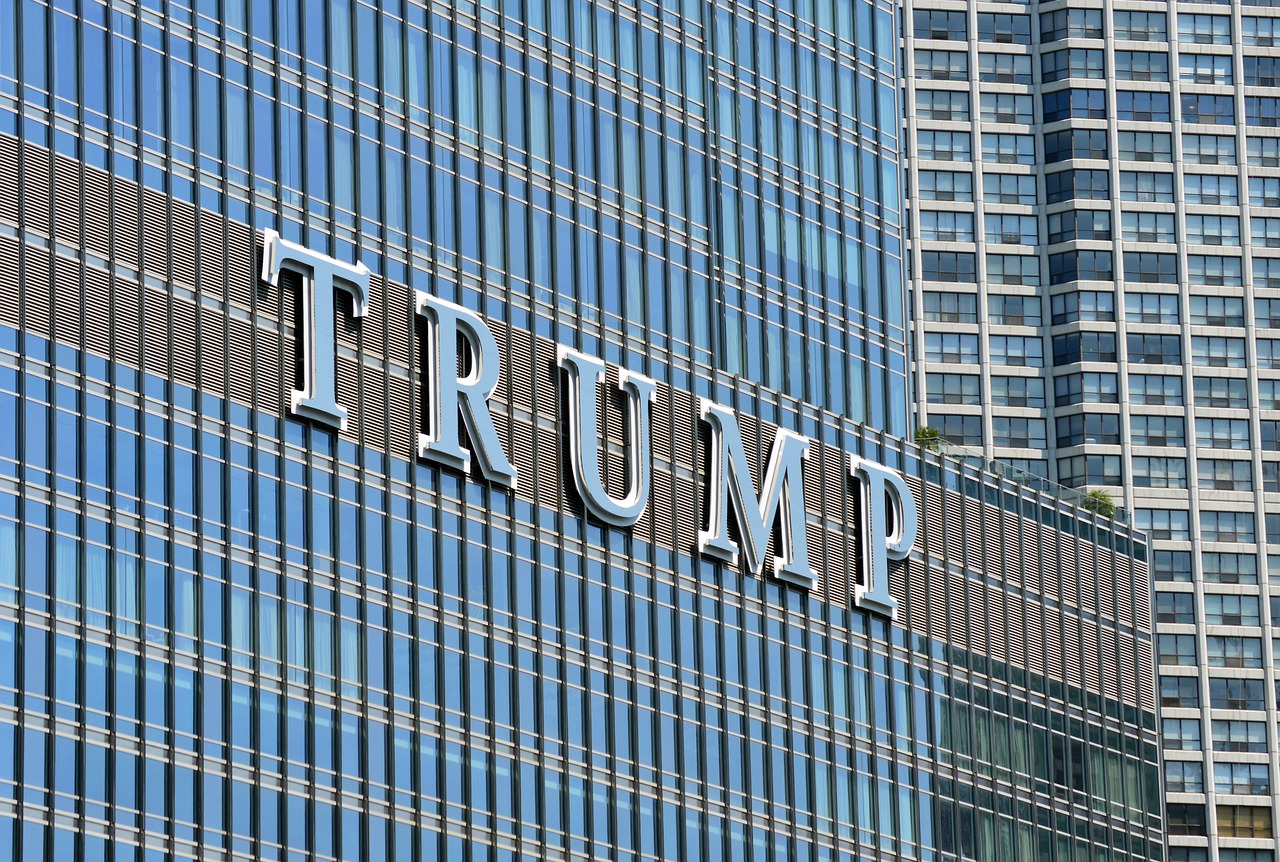Election Night Tensions Mount as Votes Are Counted
As the clock struck midnight on election night, the race between Donald Trump and Kamala Harris grew increasingly tense. With polls now closed across the United States, initial voting tallies reveal a close contest. Trump, representing the Republican Party, has garnered 65,328,857 votes (51.2%), while Harris of the Democratic Party stands at 60,231,532 votes (47.2%). The outcome hinges on the results from seven critical swing states where either candidate had a chance of victory.
Key Battlegrounds and Voter Turnout
The election results are being tallied state by state, with major media outlets carefully monitoring developments. High voter turnout has been observed this year, particularly in early voting options—both in-person and mail-in ballots—leading to record numbers in several states.
Despite ongoing counting efforts, early indicators suggest that Trump is projected to win in two swing states. However, uncertainty looms as ballots continue to be verified across the country.
Election officials have noted that counting can be a meticulous process involving thorough checks for ballot integrity and addressing any inconsistencies. In Pennsylvania, for instance, a recount is mandated if the margin between candidates is less than half a percentage point—a scenario reminiscent of the 2020 election, where only slightly over a percentage point separated the candidates.
Looking Ahead: Potential Outcomes and Challenges
The electoral college process will ultimately determine the presidency once all valid votes are counted. Each state allocates a specific number of electoral votes based on its population, and typically awards all its votes to the candidate who wins the popular vote.
While historical precedents exist—such as swift declarations of winners in past elections—the current tight race may result in prolonged uncertainty. The implications of this could echo through local and national politics if legal challenges arise; over 100 lawsuits have already been filed primarily by Republican contenders questioning voter eligibility.
As we approach January 20, 2025—the date of inauguration—questions remain about how potential disputes could unfold and whether either candidate will accept the final results.
Amidst these tensions, both Trump and Harris have campaigned vigorously to sway undecided voters. Observers highlight that voter sentiment is fluctuating; while some feel optimistic about their candidate’s chances, others express concern about potential outcomes.
As we await clearer results from these pivotal states, it becomes apparent that this election could set significant precedents for future political landscapes in America.


